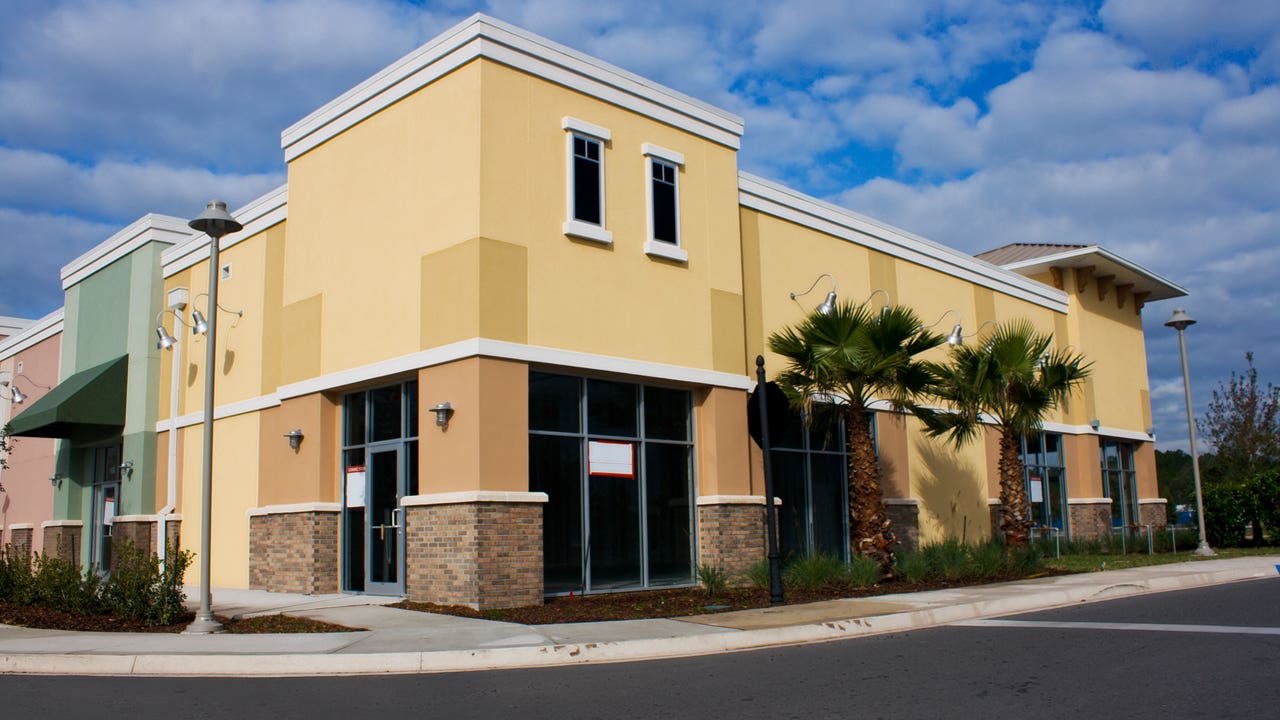The Future of Realty: Patterns and Opportunities to See
As the real estate landscape develops, it becomes increasingly important to recognize the arising patterns and opportunities that will define the market in the coming years. With these characteristics at play, a more detailed assessment of the methods and adaptations essential for success reveals interesting possibilities that can reshape financial investment approaches and market actions.
Technological Developments in Property
In the last few years, the real estate sector has actually embraced a wave of technological innovations that are changing conventional techniques. These innovations have actually substantially enhanced performance, transparency, and decision-making procedures within the market. Among the most significant innovations is the rise of large information analytics, which permits property specialists to analyze market patterns, predict residential property values, and recognize investment chances with unprecedented accuracy. This data-driven strategy enables stakeholders to make informed choices and reduces the dangers linked with residential property deals.
In addition, virtual reality (VIRTUAL REALITY) and augmented reality (AR) modern technologies are changing residential or commercial property advertising and marketing by offering immersive experiences for prospective buyers and renters. These devices allow customers to conduct online trips of homes, consequently improving the search procedure and enhancing consumer interaction. Additionally, blockchain technology is acquiring grip as a way to safeguard deals and preserve transparent records, consequently reducing scams and quickening the closing procedure.
Smart home modern technologies are additionally coming to be progressively widespread, making it possible for property owners to check and manage their residential or commercial properties remotely (Real Estate Lockhart). Collectively, these technological developments are improving the landscape of property, fostering a more effective, transparent, and customer-centric industry
Need for Sustainable Residences
As customers increasingly prioritize ecological responsibility, the need for lasting buildings has actually surged in the actual estate market. This shift reflects a broader social trend toward sustainability, with financiers and property buyers seeking homes that reduce environmental effect while making the most of energy efficiency. Attributes such as solar panels, energy-efficient home appliances, and lasting building materials are currently considered as important instead of optional.

Additionally, the surge of environmentally friendly areas, which prioritize walkability and accessibility to public transport, further emphasizes this trend. These advancements appeal to eco aware buyers and promote a much healthier lifestyle.
As the need for sustainable properties remains to climb, market stakeholders should adjust to these assumptions. By accepting cutting-edge techniques and prioritizing sustainability, the realty sector can not only fulfill customer demand but also add to a much more sustainable future.
Transforming Buyer Demographics

Additionally, the aging populace is improving need for real estate. Child boomers are looking for downsized homes that offer accessibility and low maintenance, Recommended Reading often preferring metropolitan settings with nearby amenities. This change requires a concentrate on multi-generational real estate solutions that accommodate differing demands.
In addition, cultural diversity is playing an essential function in actual estate fads. As these demographic shifts continue to develop, real estate experts have to adjust their strategies to deal with the demands of these varied buyers (Real Estate Lockhart).
Rise of Remote Work Influence
Significantly, the surge of remote job is changing the property landscape, motivating substantial changes in purchaser choices and area options. As workers take pleasure in the versatility of working from home, many are reevaluating their residential demands, causing a surge sought after for homes in rural and rural locations. This fad is primarily driven by the desire for even more large living environments that can accommodate office and a far better lifestyle.
Furthermore, urban centers, as soon as the centerpiece for customers, are seeing a progressive decline popular as individuals focus on cost and access to nature. As a result, realty designers and investors are moving their focus towards residential or commercial properties that supply office rooms, outside facilities, and proximity to necessary services.
Actual estate specialists have to adjust to the transforming choices of customers, emphasizing the importance of lifestyle factors in their marketing strategies. The effects of remote job on actual estate are extensive, shaping future patterns and chances.
Financial Investment Opportunities in Arising Markets
Investment opportunities in emerging markets are regularly bring in interest from real estate investors looking for diversification Resources and development capacity. These markets, characterized by quick financial advancement, increasing urbanization, and a growing middle course, present unique leads for savvy capitalists. Nations in Southeast Asia, Africa, and Latin America are seeing significant framework enhancements and positive federal government policies, which better improve their appeal.
Realty fields such as property, commercial, and logistics are experiencing enhanced demand as a result of metropolitan migration and evolving consumer choices. Significantly, cities like Ho Chi Minh City, Nairobi, and Medellín are coming to be hotspots for investment as a result of their expanding economic situations and younger demographics.
Capitalists ought to perform comprehensive market analyses to identify crucial trends, such as changes in population characteristics and financial stability, which can influence building values. In addition, partnerships with regional realty firms can assist in successful entry and navigating in these markets.
Nonetheless, it's important to be conscious of potential dangers, consisting of political instability and governing challenges. By evaluating these factors and embracing a long-term viewpoint, investors can efficiently take advantage of the rewarding possibilities arising in these developing regions.

Verdict
In final thought, the future of real estate will certainly be significantly affected by technical improvements, a growing focus on sustainability, and advancing purchaser demographics. Browsing this transforming landscape will call for calculated partnerships and a keen understanding of market dynamics to exploit on the patterns shaping the sector.
As the real estate landscape Resources advances, it comes to be progressively vital to understand the emerging fads and chances that will certainly define the market in the coming years. One of the most noteworthy advancements is the rise of large data analytics, which permits actual estate experts to analyze market fads, predict residential property values, and determine financial investment opportunities with unmatched accuracy.As customers increasingly prioritize environmental duty, the need for lasting properties has risen in the actual estate market. The implications of remote job on real estate are profound, shaping future fads and possibilities.
Investment chances in arising markets are consistently attracting interest from genuine estate financiers looking for diversity and growth potential.